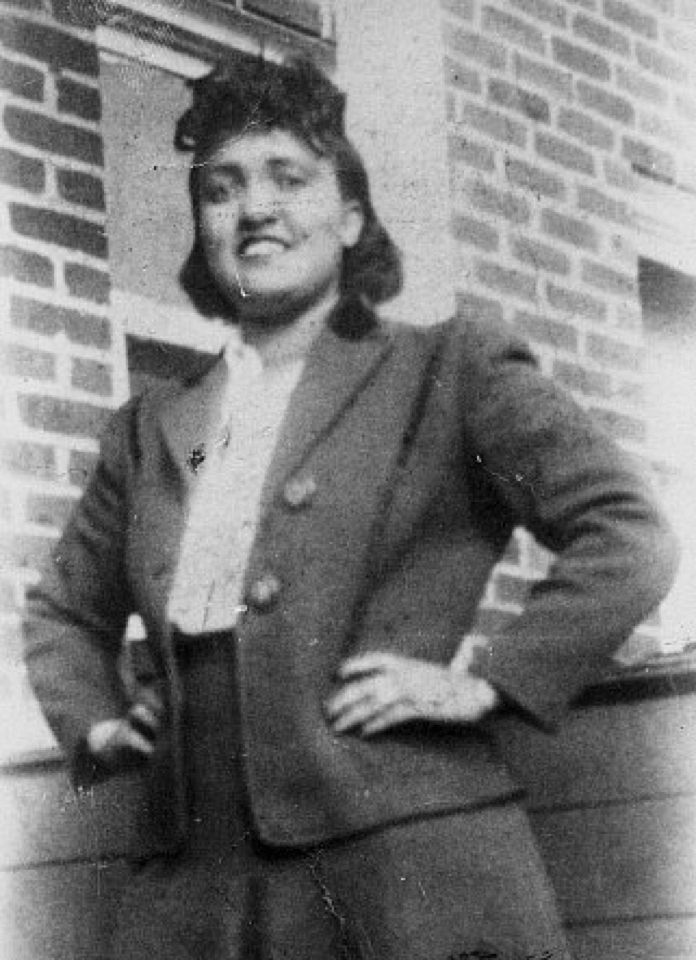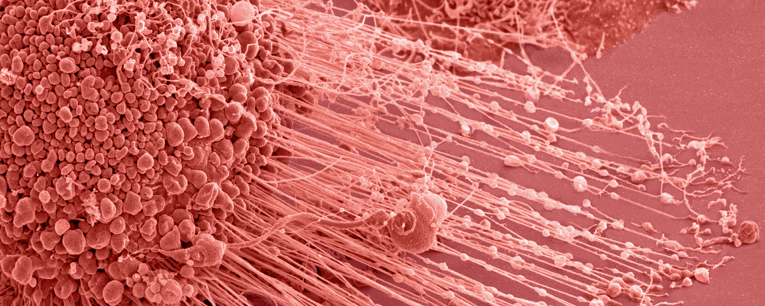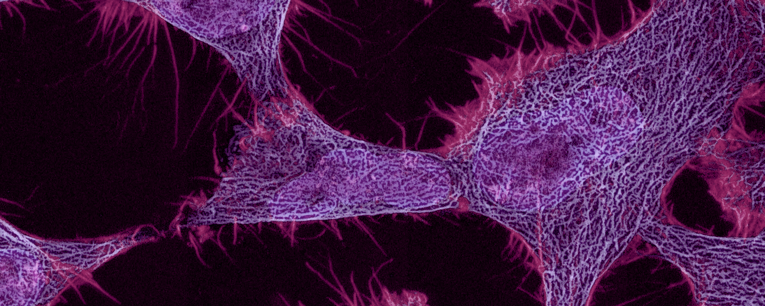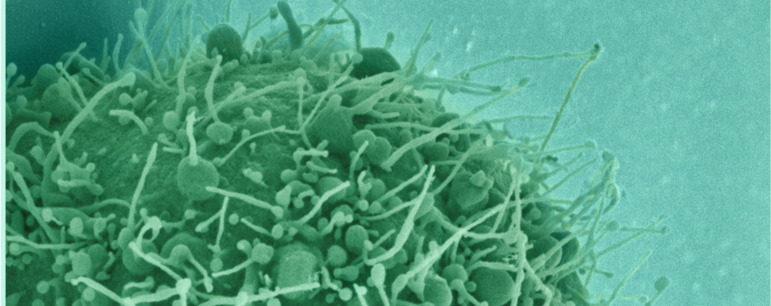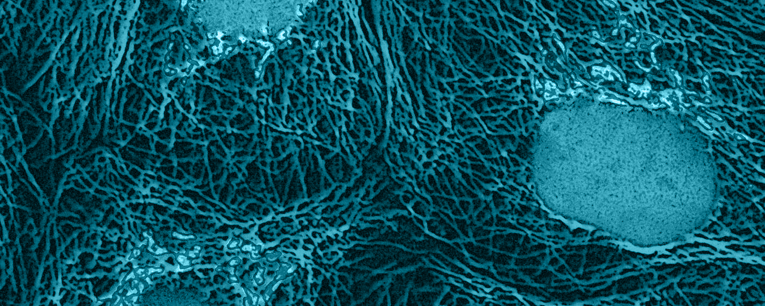HeLa Cells: A Lasting Contribution to Biomedical Research
In 1951, Henrietta Lacks, a 31-year-old African-American woman, went to Baltimore’s Johns Hopkins Hospital to be treated for cervical cancer. Some of her cancer cells began being used in research due to their unique ability to continuously grow and divide in the laboratory. These so-called “immortal” cells were later named “HeLa” after the first two letters of Henrietta Lacks first and last name.
Since Ms. Lacks’ untimely death in 1952, HeLa cells have been a vital tool in biomedical research, leading to an increased understanding of the fundamentals of human health and disease. Some of the research involving HeLa cells also served as the underpinning of several Nobel Prize winning discoveries.
While Henrietta Lacks’ story has been known in the research community for some time, it raised further awareness after the publication of the best-selling book The Immortal Life of Henrietta Lacks (Crown, 2010).
To honor Ms. Lacks’ and her family’s continued support of biomedical research, NIH analyzed and evaluated the scientific literature involving HeLa cells and found over 110,000 publications that cited the use of HeLa cells between 1953 to 2018. This analysis further highlights the persistent impact of HeLa cells in science and medicine, proving that they have been a consistent, essential tool that has allowed researchers to expand the knowledge base in fields such as cancer biology, infectious disease, and many others.
